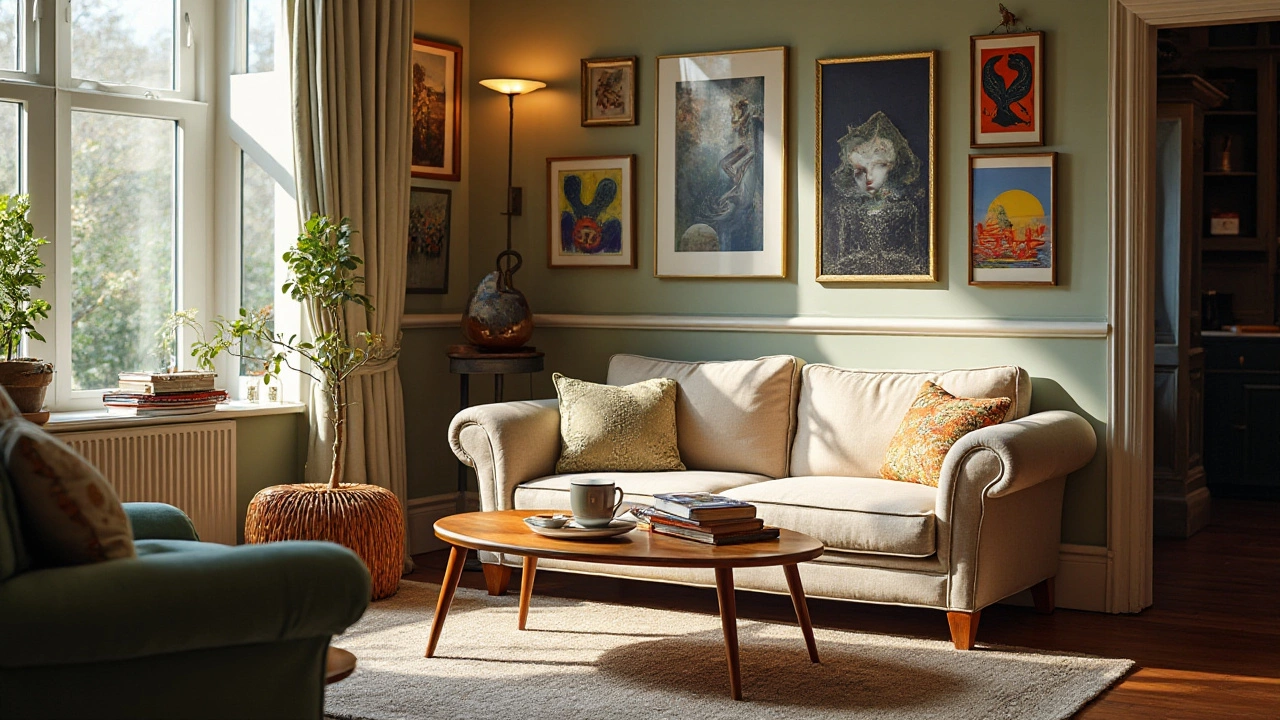Art Curation Made Simple: Your Step‑by‑Step Guide
Ever walked into a gallery and felt the vibe instantly? That’s the power of good curation. It isn’t magic; it’s a set of clear choices that turn a room full of artworks into a story people want to explore. Below you’ll find a straight‑forward plan you can start using today.
1. Find a Clear Theme
The theme is your north star. It could be a colour, a social issue, a time period, or even a feeling like "quiet contemplation." Write the theme in one sentence and keep it visible while you work. Every piece you consider should answer the question: "Does this support the story?" If it doesn’t, set it aside.
2. Choose the Right Works
Start with a rough list of artists or pieces that fit the theme. Look for variety – mix mediums, sizes, and viewpoints – but keep the overall mood consistent. When you’re short on budget, reach out to emerging artists; they often welcome exposure and can offer works at lower cost.
Next, create a simple spreadsheet: column A for the artwork title, B for the artist, C for dimensions, D for price or loan terms, and E for "fit score" (1‑5). This helps you compare options quickly and spot gaps in your collection.
3. Plan the Layout
Walk through the space with a tape measure. Sketch a rough floor plan on paper or use a free online tool. Place the biggest or most eye‑catching pieces at eye level near the entrance – they act as magnets. Then arrange smaller works around them, creating a visual flow that guides visitors from one idea to the next.
Don’t forget breathing room. Gaps of 2‑3 feet between pieces let viewers step back and see the whole composition. Too many works crammed together feel chaotic and dilute the message.
4. Light It Right
Lighting can make or break an exhibition. Use a mix of ambient light for overall illumination and accent lights (track or picture lights) to highlight key works. Aim for 150‑200 lux on paintings and a slightly lower level for sculptures to avoid harsh shadows.
If you can, test the lighting with a few artworks before the opening. Adjust angles and intensity until colors look natural and details stand out.
5. Write Engaging Labels
Good labels are short, clear, and add context. Include the title, artist, year, and a one‑sentence hook that connects the piece to your theme. Avoid jargon; imagine you’re explaining the work to a friend over coffee.
Consider QR codes that link to deeper info or videos. They let curious visitors dive deeper without cluttering the wall.
6. Promote Your Show
Social media is your free billboard. Share behind‑the‑scenes photos of the setup, short artist interviews, and teaser videos. Use the hashtag #ArtCuration followed by your exhibition name to build buzz.
Invite local press and community groups early. Offer a preview night for influencers or art students – they’ll spread the word and bring a fresh audience.
7. Evaluate and Learn
After the exhibition, gather quick feedback. A short online survey asking about favourite pieces, layout clarity, and overall impression gives you data for the next show. Note which pieces attracted the most attention and why.
Keep a personal journal of what worked and what didn’t. Over time you’ll develop a gut feel for making strong curatorial decisions.
Curating art is all about storytelling, balance, and a bit of practical planning. Follow these steps, stay open to experimentation, and you’ll create shows that not only look good but also stay with visitors long after they leave the gallery.
The Art of Wall Curation: Finding the Perfect Balance
- Gavin Whitaker
- |
- |
- 0
Exploring the question of whether it's possible to have too much art on your walls, this article delves into aspects of wall curation and how it affects home aesthetics. It examines the balance between creativity and clutter, sharing tips on harmonizing diverse art pieces. Readers will discover how to enhance their living spaces with strategic art placements. It offers insights on selecting and displaying artwork effectively to reflect personal taste without overwhelming the room.
View more